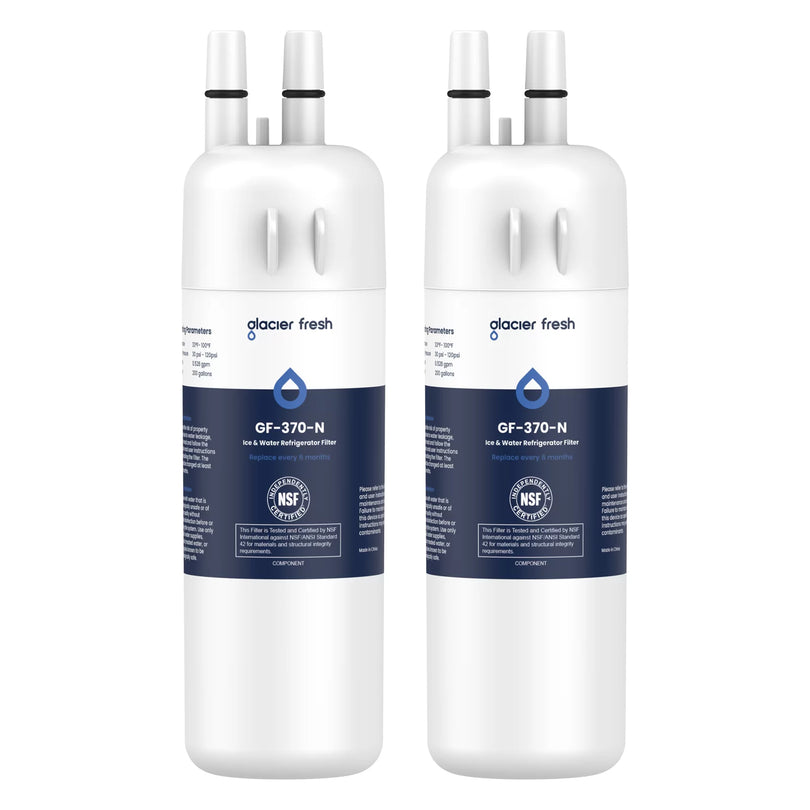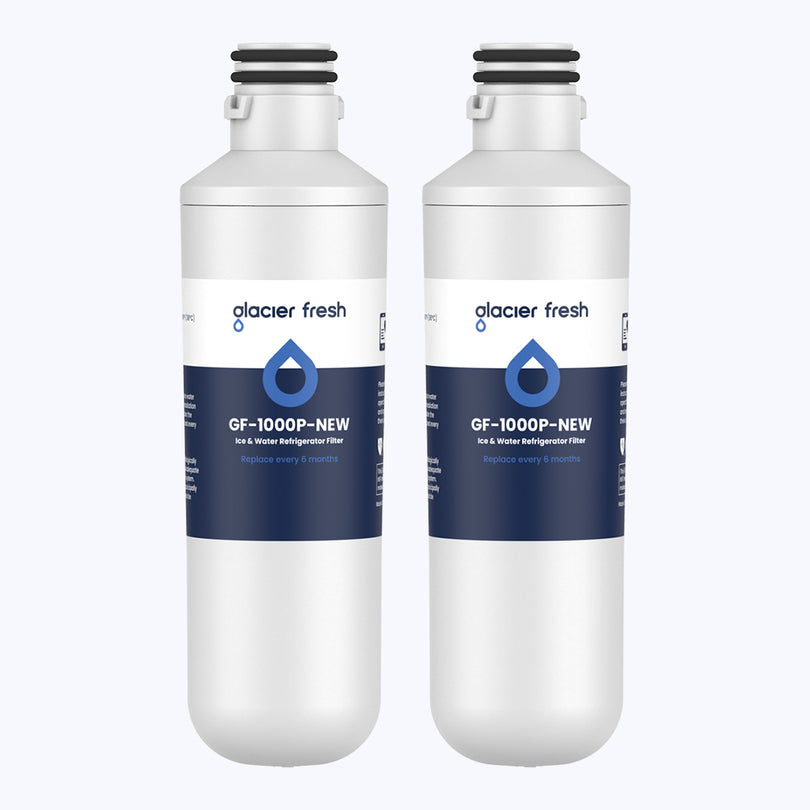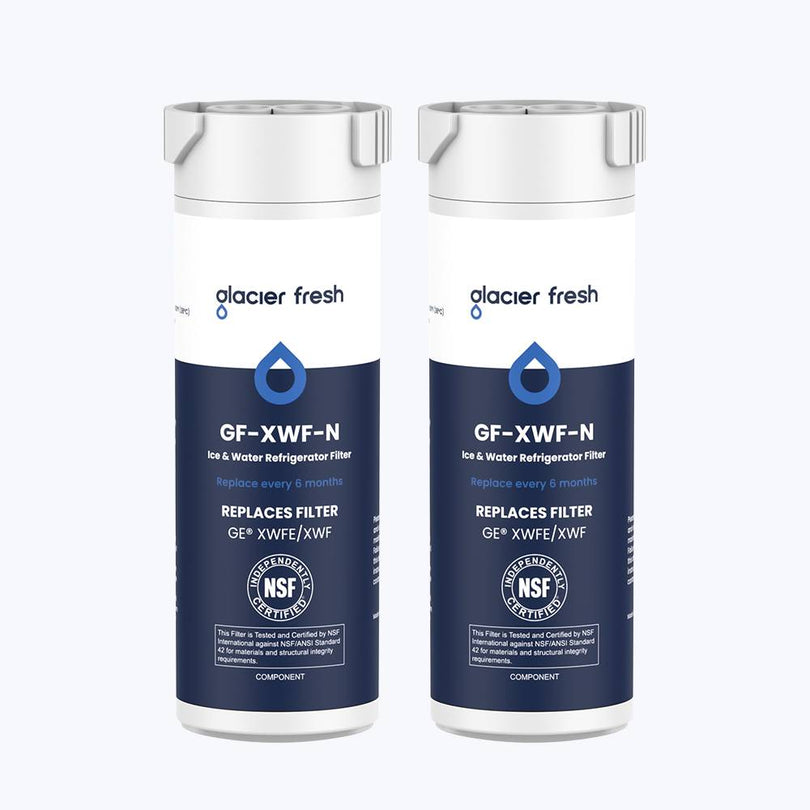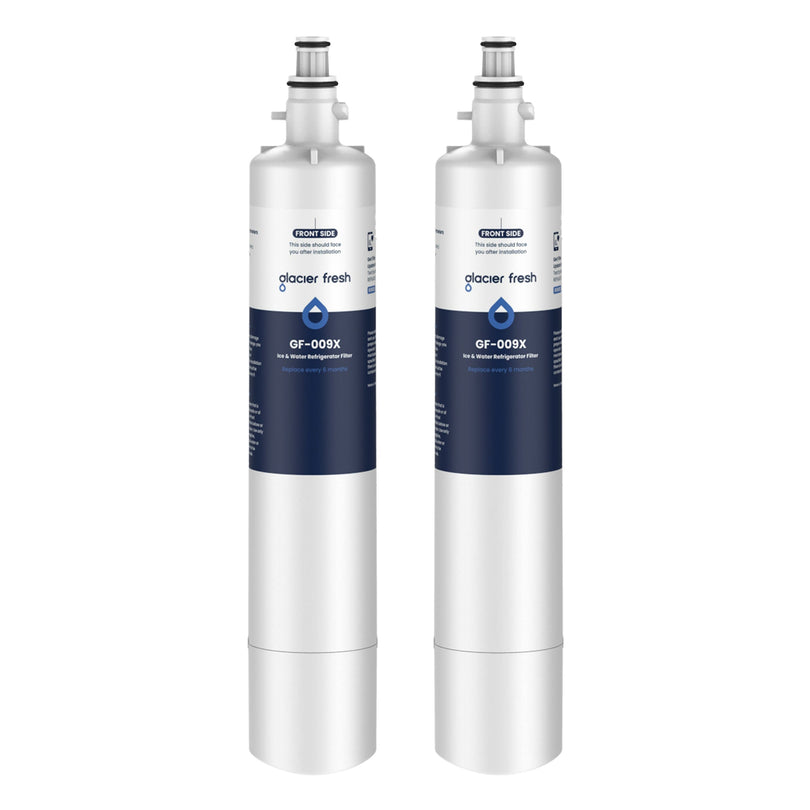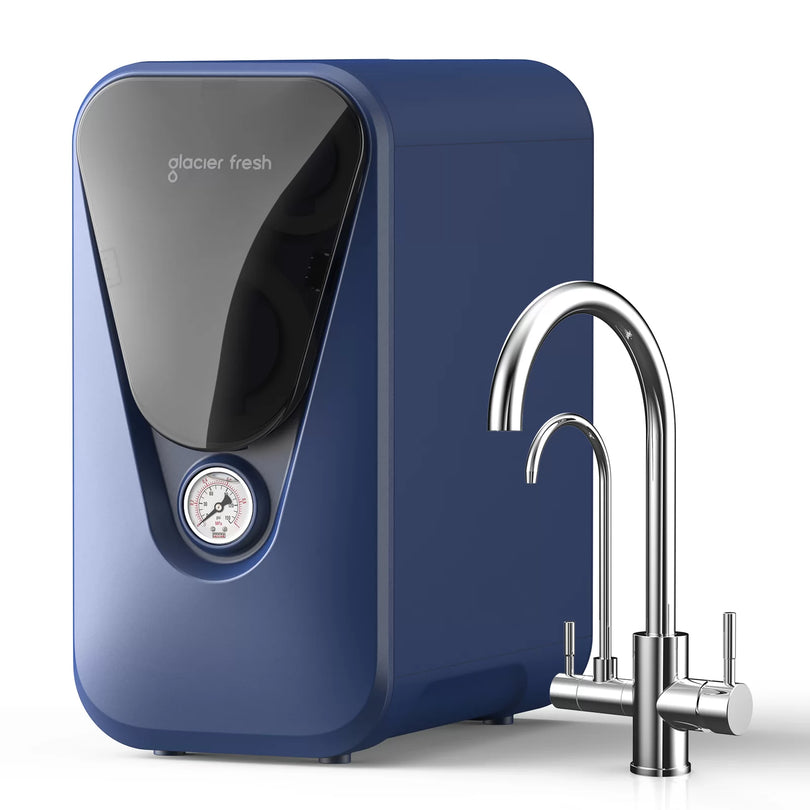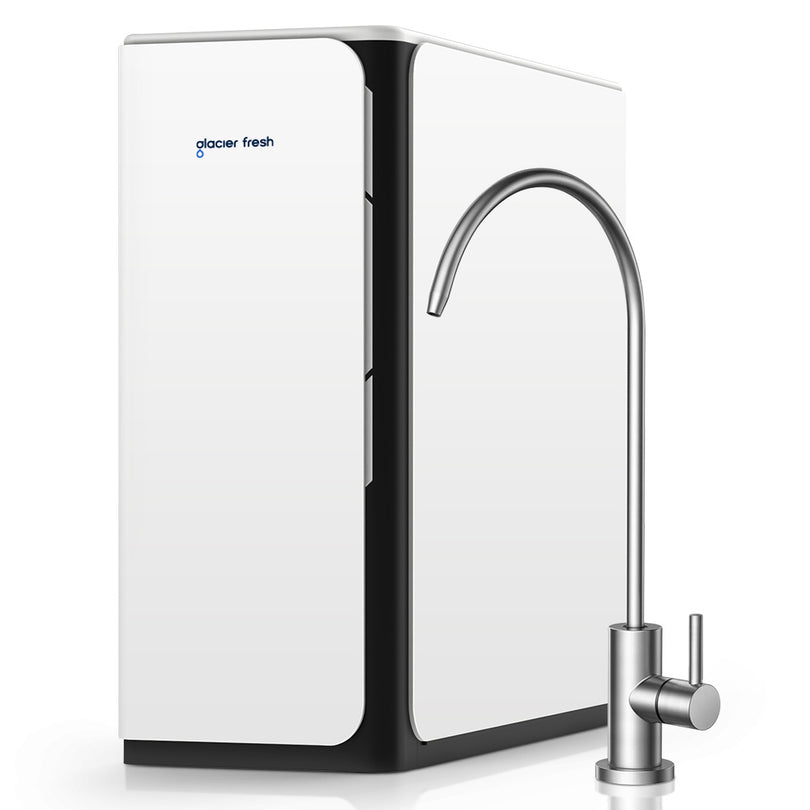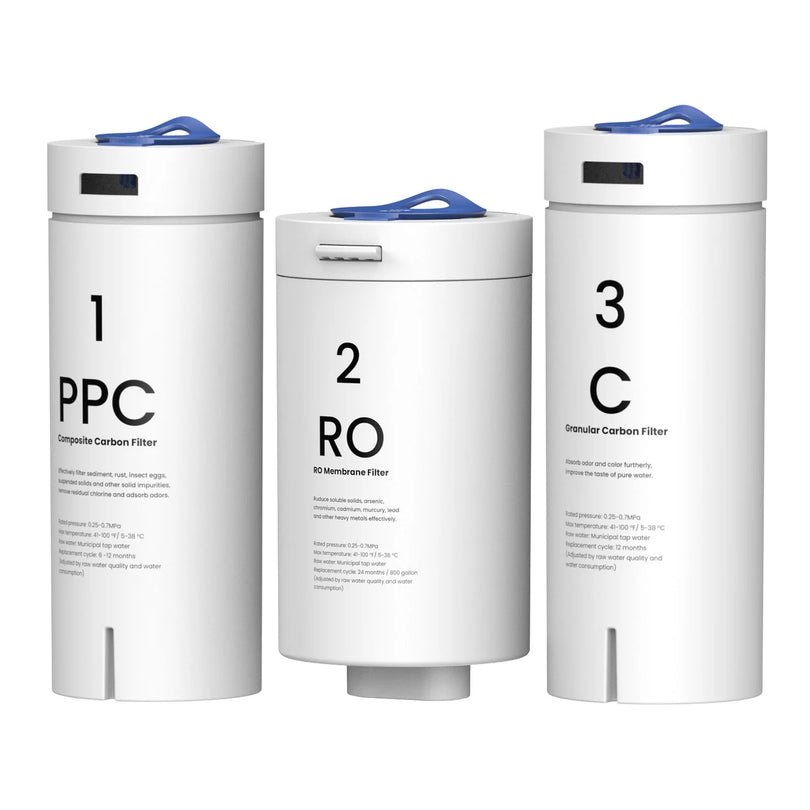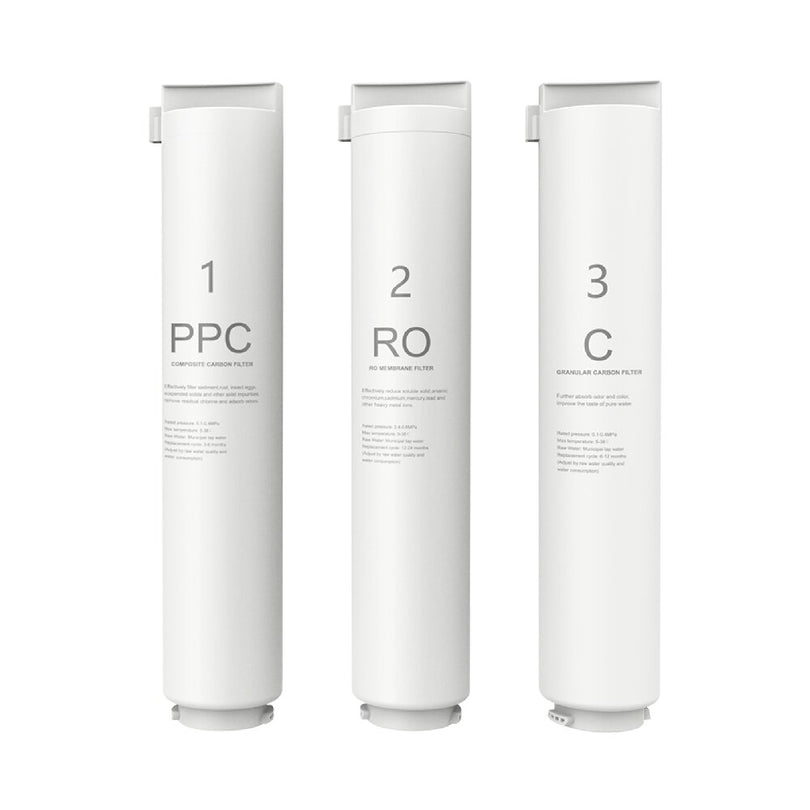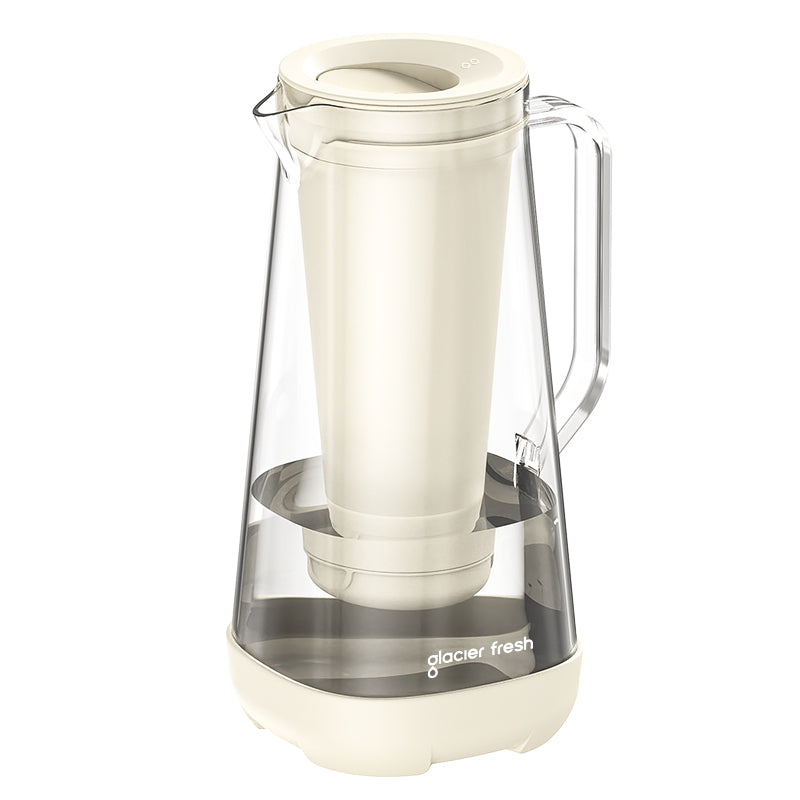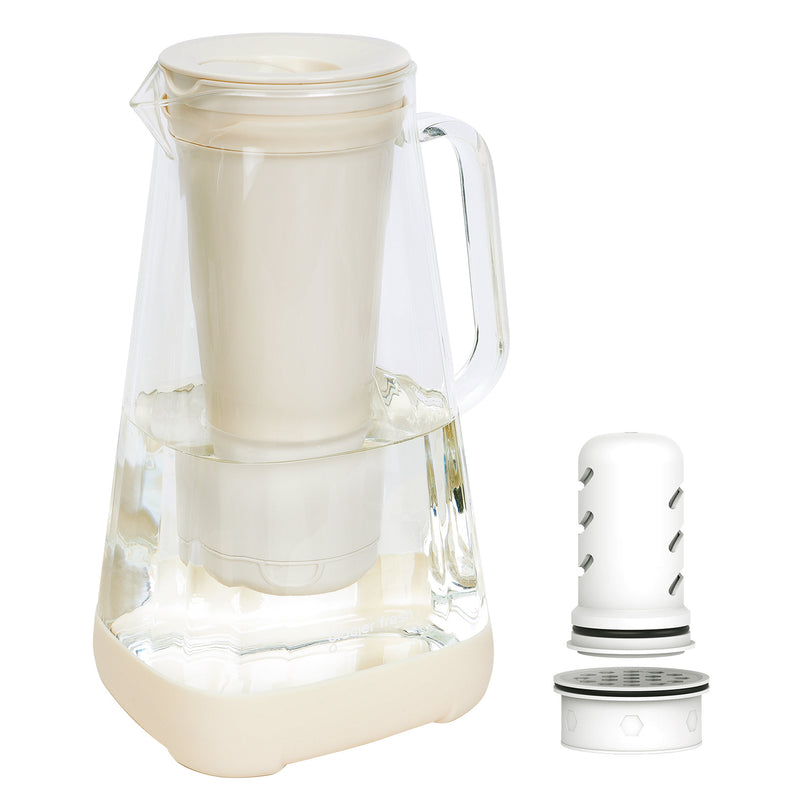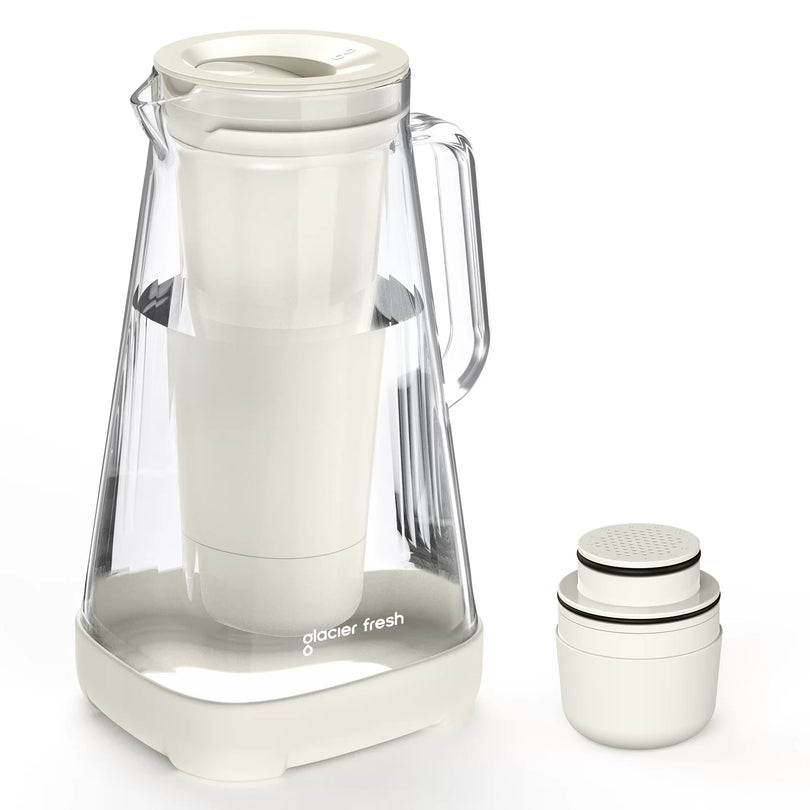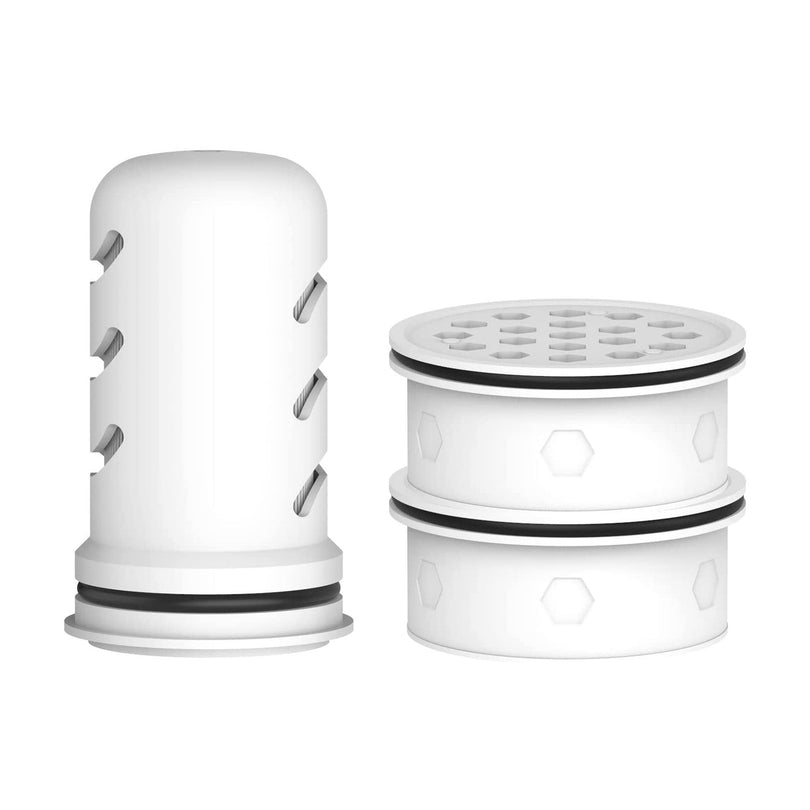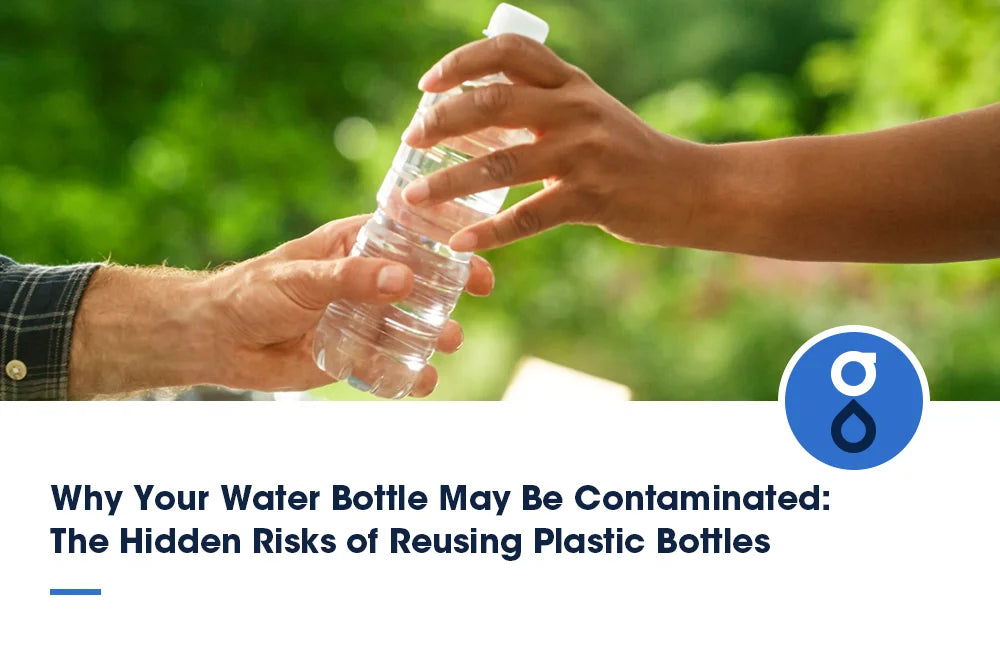Table of Contents:
Das Problem der Wasserverschwendung im RO-System verstehen
Upgrade auf ein effizienteres Umkehrosmosesystem
Regelmäßige Wartung und Filterwechsel
Verwenden Sie eine Permeatpumpe, um die Effizienz zu steigern
Installieren Sie einen zweiten Tank zur Abwassersammlung
Erwägen Sie alternative Filtersysteme für spezifische Anforderungen
Abschluss
Umkehrosmoseanlagen (RO) sind eine beliebte Wahl für Hausbesitzer, die ihr Wasser reinigen und Verunreinigungen wie Chlor, Fluorid und Schwermetalle entfernen möchten. Diese Anlagen bieten zwar eine hervorragende Wasserqualität, haben aber häufig einen Nachteil: Sie produzieren Abwasser. Herkömmliche RO-Anlagen verschwenden typischerweise drei bis vier Gallonen Wasser pro Gallone, die sie reinigen. Das kann sich im Laufe der Zeit sowohl hinsichtlich der Umweltbelastung als auch der Wasserrechnung summieren.
Es gibt jedoch mehrere effektive Möglichkeiten, diesen Abfall zu reduzieren und Ihr RO-System effizienter zu gestalten. In diesem Blog stellen wir praktische Lösungen vor, mit denen Sie Wasserverschwendung reduzieren und gleichzeitig die Vorteile eines RO-Systems nutzen können.
Das Problem der Wasserverschwendung im RO-System verstehen

Um das Problem der Wasserverschwendung anzugehen, ist es wichtig zu verstehen, wie Umkehrosmose funktioniert. Untertisch-Umkehrosmoseanlagen filtern mithilfe einer semipermeablen Membran Verunreinigungen aus dem Wasser. Dieser Prozess entfernt jedoch auch verunreinigtes Abwasser aus dem Frischwasser. Herkömmliche Umkehrosmoseanlagen können pro produziertem Liter gereinigtem Wasser bis zu drei bis vier Liter Abwasser produzieren.
Dieses Verhältnis variiert je nach Effizienz, Alter und Wartung des Systems. Ältere oder schlecht gewartete Systeme neigen besonders dazu, mehr Abwasser zu produzieren. Daher ist es wichtig, Ihr RO-System in gutem Zustand zu halten.
Upgrade auf ein effizienteres Umkehrosmosesystem
Eine der effektivsten Möglichkeiten zur Reduzierung der Wasserverschwendung ist die Umstellung auf ein effizienteres RO-System. Moderne RO-Systeme sind mit fortschrittlichen Technologien ausgestattet, die die Wasserverschwendung drastisch reduzieren.
Wichtige Funktionen, auf die Sie achten sollten:
- Hocheffiziente Membranen : Diese Membranen sind darauf ausgelegt, Wasser effektiver zu filtern und so die Menge des produzierten Abwassers zu reduzieren.
- Tanklose RO-Systeme : Im Gegensatz zu herkömmlichen Systemen, die gereinigtes Wasser in einem Tank speichern, liefern tanklose RO-Systeme Wasser bei Bedarf und verbrauchen dabei weniger Wasser.
- Wassersparmodi : Einige neuere RO-Systeme verfügen über spezielle Modi oder Einstellungen, die den Wasserverbrauch optimieren und Abfall reduzieren.
Wenn Sie ein neues System suchen, achten Sie auf ein niedriges Wasser-Abwasser-Verhältnis. Einige hochwertige RO-Systeme weisen ein Verhältnis von nur 1:1 auf, was bedeutet, dass pro Gallone gereinigtem Wasser nur eine Gallone Abwasser entsteht.
Regelmäßige Wartung und Filterwechsel

Um Wasserverschwendung zu minimieren, ist es wichtig, Ihr RO-System in einem Top-Zustand zu halten. Mit der Zeit können Filter und Membranen durch Verunreinigungen verstopft werden, wodurch das System stärker beansprucht wird und mehr Wasser verschwendet wird. Regelmäßige Wartung stellt sicher, dass Ihr RO-System effizient arbeitet und überschüssiges Wasser reduziert wird.
Wartungstipps:
- Wechseln Sie die Filter regelmäßig : Ersetzen Sie Vor- und Nachfilter je nach Wasserqualität und Systemnutzung alle sechs Monate bis zu einem Jahr.
- Reinigen Sie die Membran : Je nach Wasserquelle kann eine Reinigung der Membran alle 1–2 Jahre die Effizienz verbessern. Befolgen Sie die Reinigungshinweise des Herstellers, um eine Beschädigung der Membran zu vermeiden.
Durch Vernachlässigung der Wartung steigt die Abwasserproduktion und die Gesamtlebensdauer des Systems wird verkürzt.
Verwenden Sie eine Permeatpumpe, um die Effizienz zu steigern
Eine Permeatpumpe ist eine einfache und kostengünstige Möglichkeit, die Wasserverschwendung in einem RO-System zu reduzieren. Dieses kleine Gerät erhöht den Wasserdruck, pumpt mehr gereinigtes Wasser durch das System und reduziert gleichzeitig die Abwassermenge.
So helfen Permeatpumpen:
- Erhöhter Druck : Die Pumpe verstärkt den Wasserfluss durch die Membran und verbessert so die Filtrationseffizienz.
- Weniger Abwasser : Durch die Optimierung des Drucks reduziert die Permeatpumpe die Menge des verschwendeten Wassers.
Wenn Ihr RO-System noch nicht über eine Permeatpumpe verfügt, ist diese eine sinnvolle Ergänzung. Die meisten Systeme lassen sich problemlos mit einer Pumpe nachrüsten, wodurch die Wasserverschwendung deutlich reduziert wird, ohne dass ein kompletter Systemaustausch erforderlich ist.
Installieren Sie einen zweiten Tank zur Abwassersammlung
Eine weitere gute Möglichkeit, Wasserverschwendung zu reduzieren, ist die Installation eines zweiten Tanks speziell zum Sammeln von Abwasser. Dieses System kann so konfiguriert werden, dass das Abwasser zur späteren Verwendung in den Tank umgeleitet und nicht entsorgt wird.
Schritte zum Einrichten eines zweiten Tanks:
- Installieren Sie ein Umschaltventil : Dieses Ventil leitet das Abwasser in den Sekundärtank um.
- Schließen Sie es an einen Schlauch oder ein Bewässerungssystem an : Verwenden Sie das gespeicherte Wasser für Aufgaben wie Gartenarbeit oder Reinigung.
- Erwägen Sie eine Filterung : Wenn Sie das Wasser für empfindlichere Aufgaben verwenden möchten, sollten Sie vor der Verwendung eine Filterstufe hinzufügen.
Diese Einrichtung kann für große Haushalte oder Menschen, die auf Wassereinsparung achten, praktisch sein.
Erwägen Sie alternative Filtersysteme für spezifische Anforderungen
Für manche Haushalte ist die Umkehrosmose möglicherweise nicht die effizienteste Lösung, insbesondere wenn die Wasserqualität kein so fortschrittliches Filtersystem erfordert. In diesen Fällen sind andere Filtersysteme, wie Aktivkohlefilter oder Destillationsanlagen, möglicherweise besser geeignet – und sie verschwenden oft weniger Wasser.
Wann sollten alternative Systeme in Betracht gezogen werden:
- Geringe Verschmutzungsgrade : Wenn Ihr Wasser nur eine grundlegende Filterung benötigt (z. B. Entfernung von Chlor oder Sedimenten), kann ein einfacherer Filter ausreichen.
- Keine Abwassersorgen : Im Gegensatz zu RO-Systemen produzieren Aktivkohlefilter kein Abwasser und sind daher wassersparender.
Bewerten Sie die Wasserqualität und den Filterbedarf Ihres Haushalts, bevor Sie in ein RO-System investieren. Wenn hohe Wasserverschwendung ein großes Problem darstellt, bieten alternative Filtermethoden eine nachhaltigere Lösung.
Abschluss
Die Reduzierung von Wasserverschwendung durch den Einsatz einer Umkehrosmoseanlage ist nicht nur möglich, sondern auch unerlässlich für ökologische Nachhaltigkeit und langfristige Einsparungen. Durch die Umstellung auf ein effizientes RO-System, dessen ordnungsgemäße Wartung und die Nutzung von Möglichkeiten zur Wasseraufbereitung können Sie den Wasserverbrauch deutlich reduzieren, ohne die Wasserqualität zu beeinträchtigen. Folgen Sie Glacier Fresh , um weitere Lösungen zur Wasserfiltration zu entdecken.

